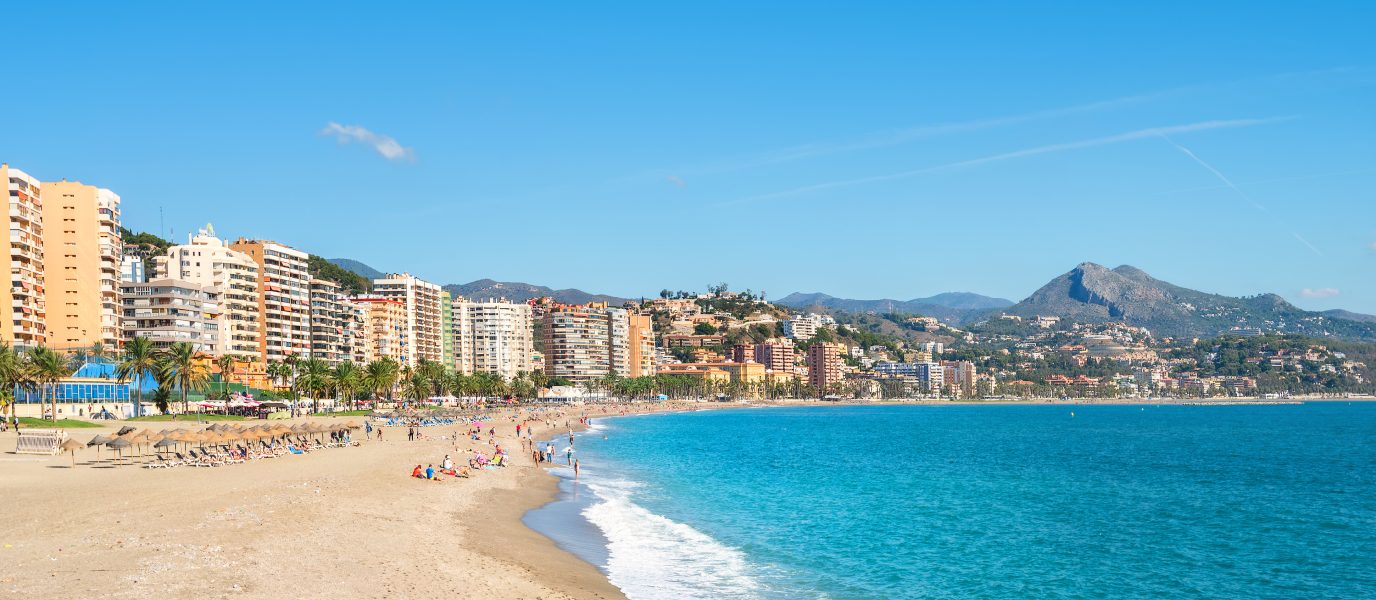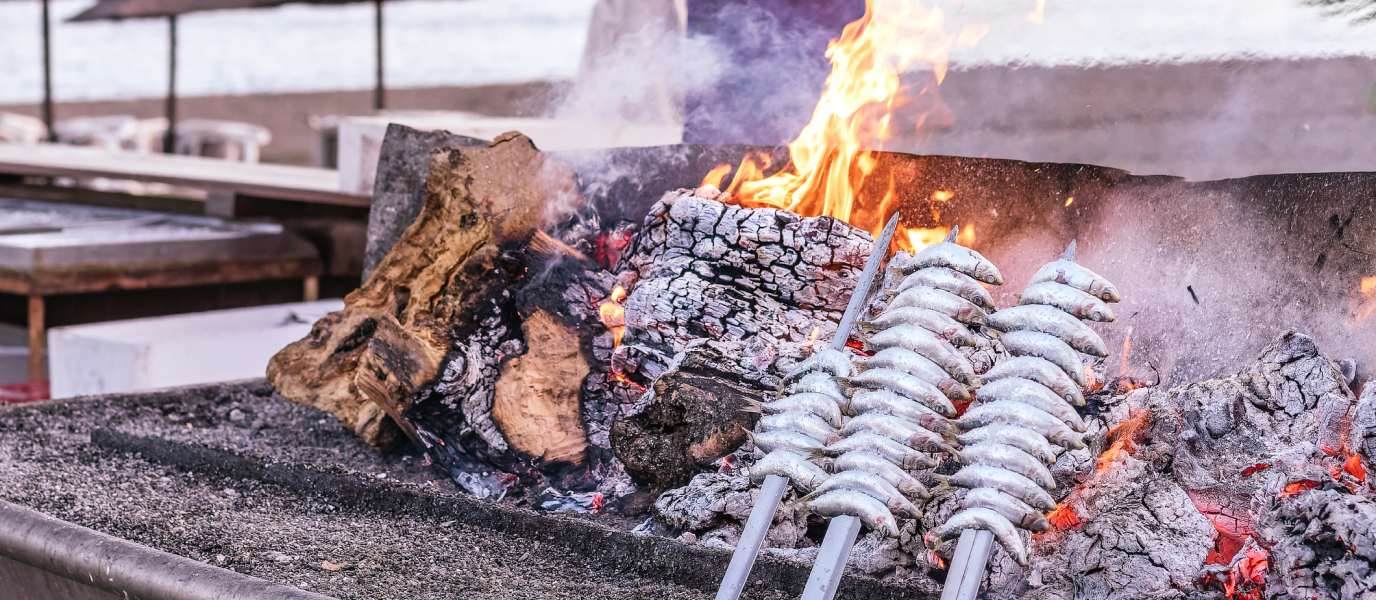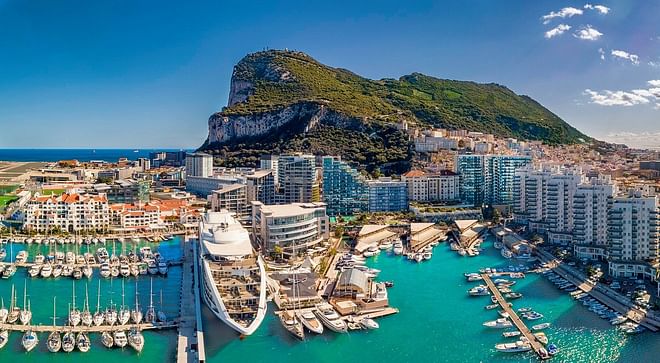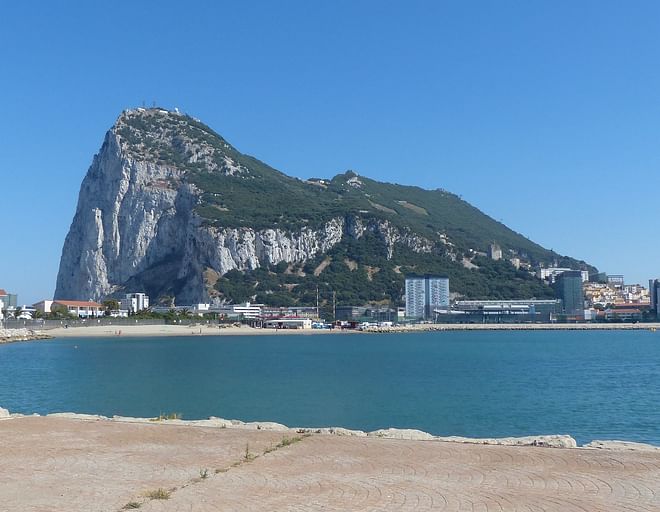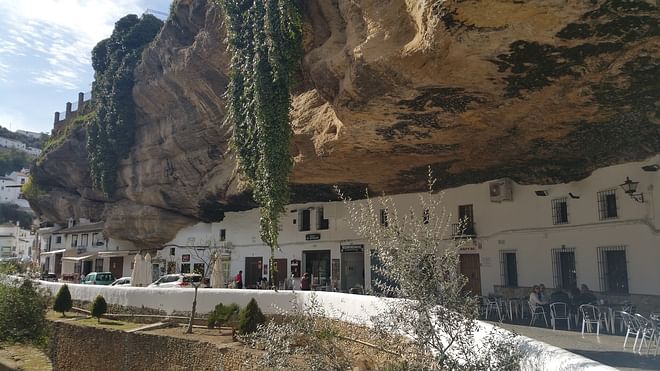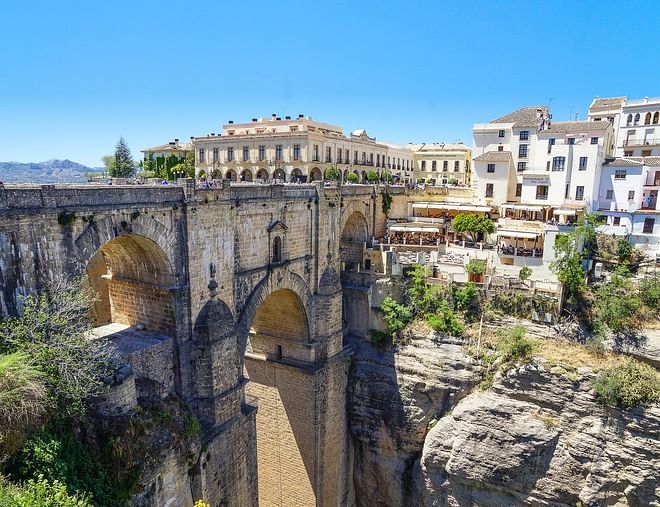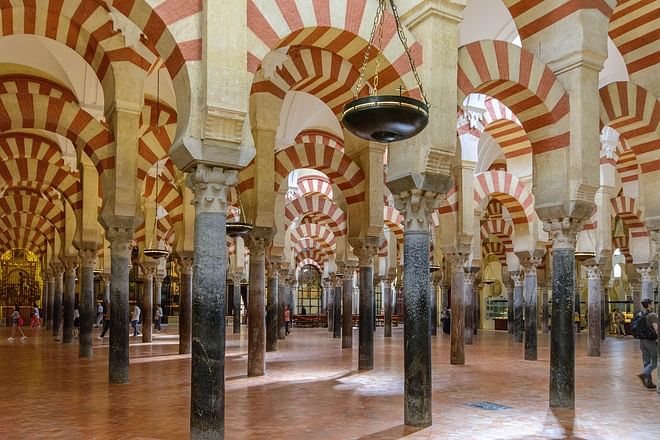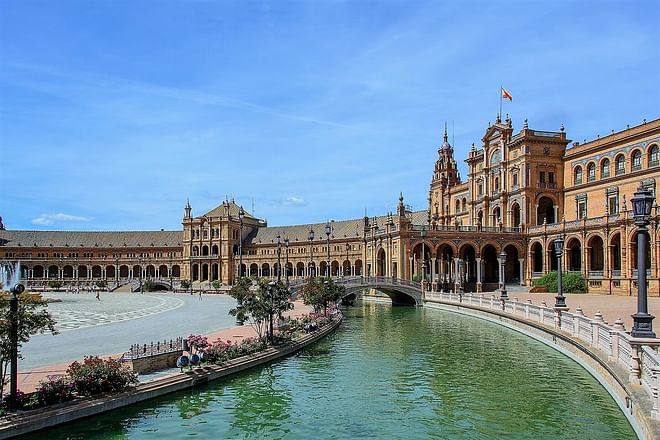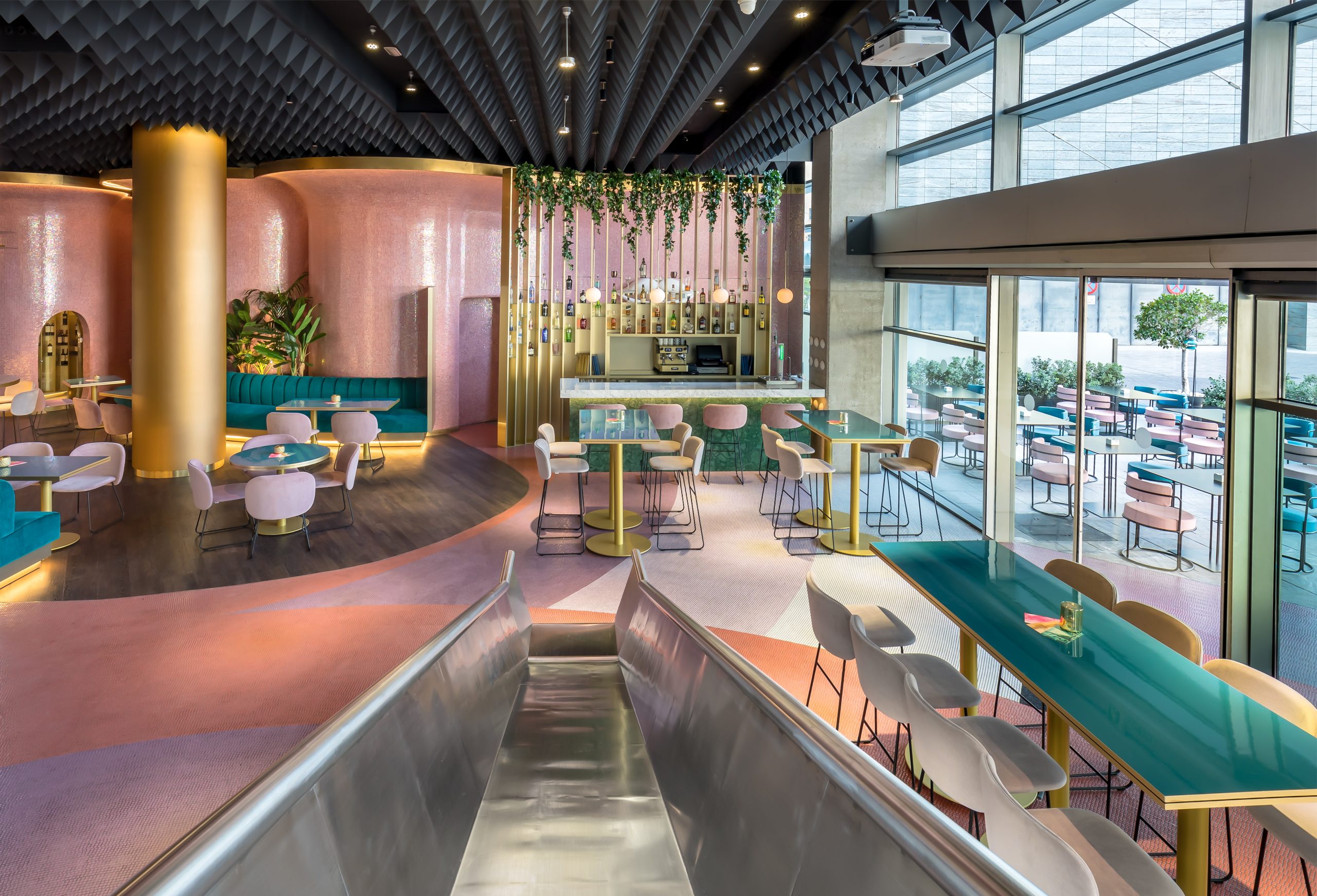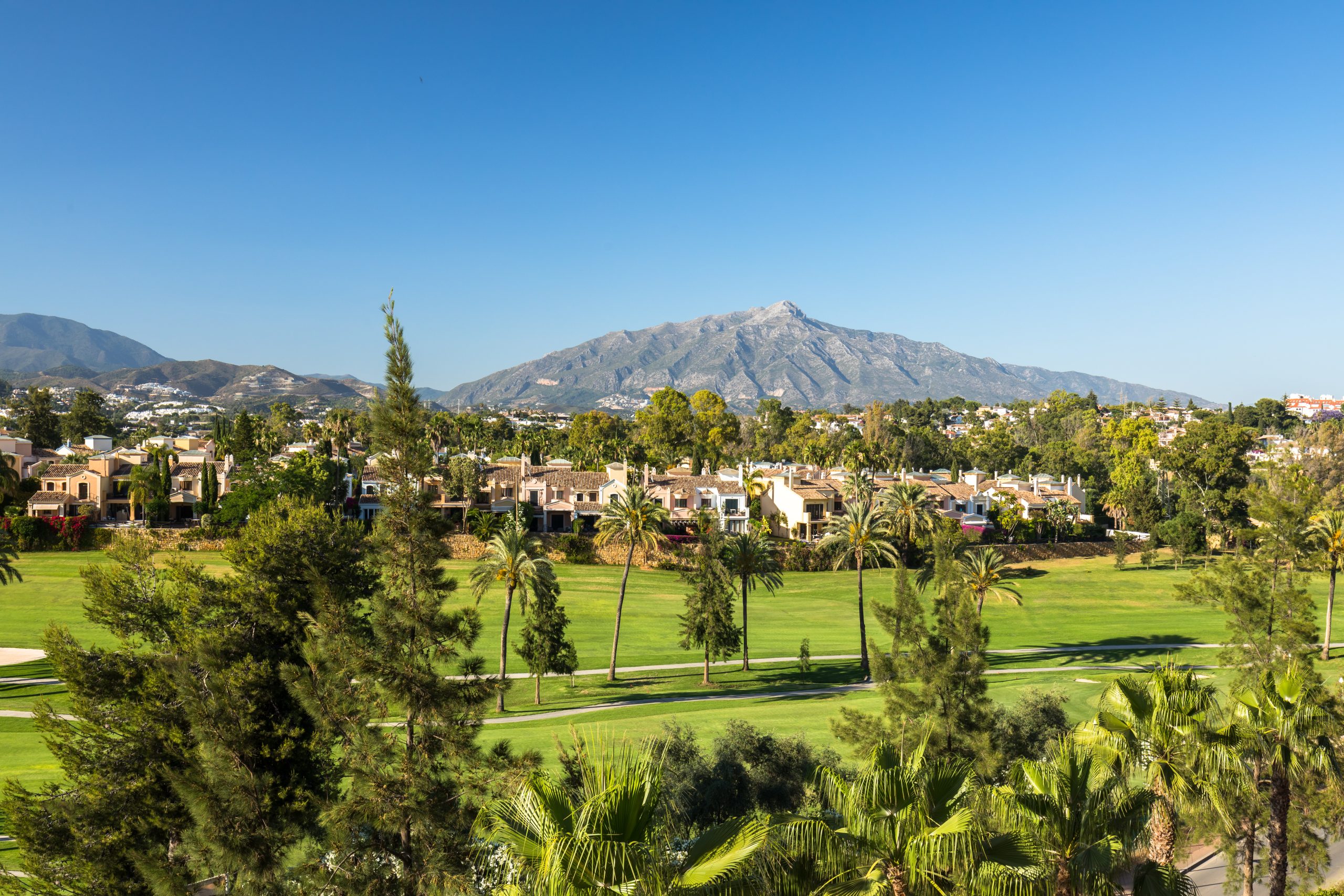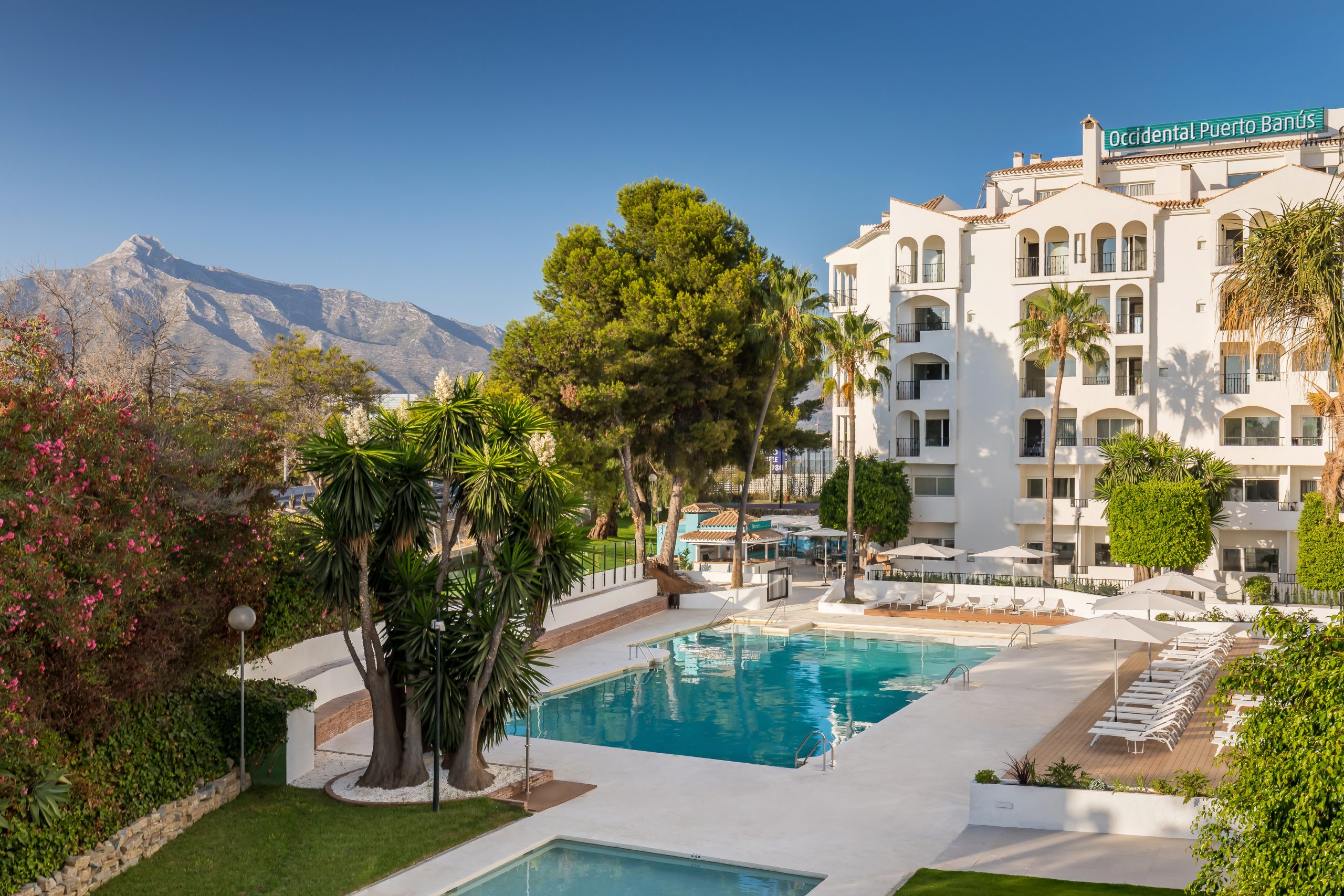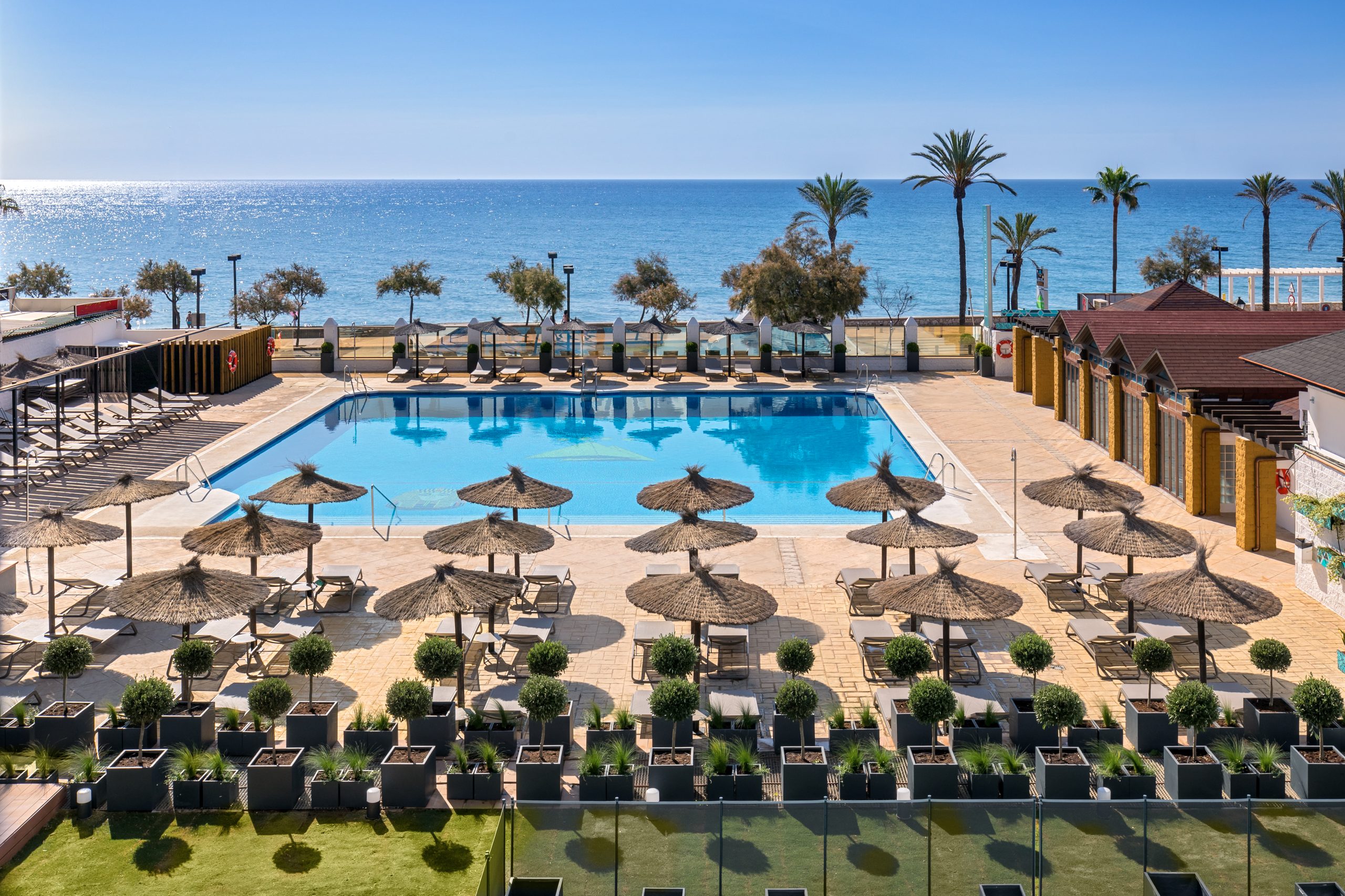It’s undeniable—the south has its own special flavour. Its streets, people, food, atmosphere… Together they make this holiday destination one of the best choices in Spain.
La Malagueta neighbourhood has a triangular shape and is located in a central area of Málaga, close to the port and La Malagueta beach—one of its biggest attractions. In times past, La Malagueta was a fishing enclave where fishermen worked modestly in the area. There was also a shipyard and an industrial zone filled with sugar factories and wine cellars.
However, when the emblematic La Malagueta Bullring and Hospital Noble were constructed, the neighbourhood took on a new lease of life and the first homes were built for wealthier families. Little by little the neighbourhood began to grow and create opportunities, and by 1960 there were several apartment buildings in the area for people from every background.
Today, La Malagueta is a fully developed neighbourhood with first-class infrastructures and delightful hidden corners waiting to be discovered.
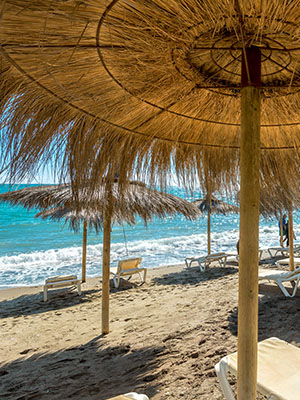
La Malagueta beach: the main attraction
Can you imagine strolling through the streets of La Malagueta and then going for a dip in the sea? Well, here it’s possible because La Malagueta has a city beach that is just metres from the centre. It’s one of the most famous beaches on the Costa del Sol and also one of the busiest thanks to its excellent location.
The beach is over 1,200 metres long and normally has a lively atmosphere. You can even try genuine Málaga spit-roasted sardines at any of its beach bars.
What to see in La Malagueta neighbourhood
This district of Málaga turned itself around to become an example of urban development and it has numerous attractions to enjoy. If you decide to visit the neighbourhood, make a note of the following places:
- Hospital Noble: A stunning nineteenth-century building with a neo-Gothic façade covered in exposed brickwork. It was built in honour of Dr Joseph William Noble, a doctor and mayor of Leicester who passed away in Málaga from cholera. The doctor’s daughters used their money to construct the building to help the residents of La Malagueta. Today, the building is home to municipal offices. It’s located at Plaza del General Torrijos, 2.
- Paseo de Reding: Owes its name to soldier Teodoro Reding, who was governor of Málaga and won the battle of Bailén against French invaders during the Peninsular War. This street crosses the eastern area of La Malagueta and here you’ll see examples of bourgeoisie-style houses and iconic buildings such as La Malagueta Bullring and the Palacio de la Tinta.
- Palacio de la Tinta: For years it was the administrative office building of the railway company and large quantities of ink (tinta, in Spanish) were sent here to print the train tickets, hence its name. It’s located at number 20 on Paseo de Reding. Built in the Parisian-style, it has four floors and an attic level. It was constructed in 1908 by Julio O’Brien and although today it’s used as the headquarters of the Environmental Services of the Regional Government of Andalusia, it was put on the market several years ago at a minimum asking price of 10.5 million euros.
- Bullring: Built in a stunning neo-Mudéjar style, it can seat 9,032 spectators. Numerous bullfights are held here during Easter Week and the August fair; however, the Regional Government of Andalusia has begun building works to create conference rooms, restaurants and shops so that it can be used more frequently throughout the year. In 1976, it was declared a Conservation Area and in 1981, it became an Asset of Cultural Interest. If you visit Málaga, it’s definitely worth paying the bullring a visit to explore the arena.
Restaurants in La Malagueta
There a many different types of restaurant to choose from in this area: from establishments which serve refined, artfully prepared cuisine to authentic spots where you can enjoy delicious fresh or fried fish.
Miguel Restaurante serves Castilian food right in the heart of Málaga. Hake from the Cantabrian Sea, salted cod and red tuna are some of its specialities. Meat lovers will find plenty to enjoy too: suckling pig from Castile and León is one of the most typical dishes.
Located on La Malagueta’s seafront promenade, Merendero de Antonio Martín is another highly recommended choice. It specialises in traditional Andalusian food and has an impressive terrace with sea views, although you can also just have tapas if you’d prefer.
Venta El Túnel, just 4 km from La Malagueta, is an unpretentious restaurant with delicious home-made dishes. Creamy rice and anchovies in vinegar are two of its specialities.
























































